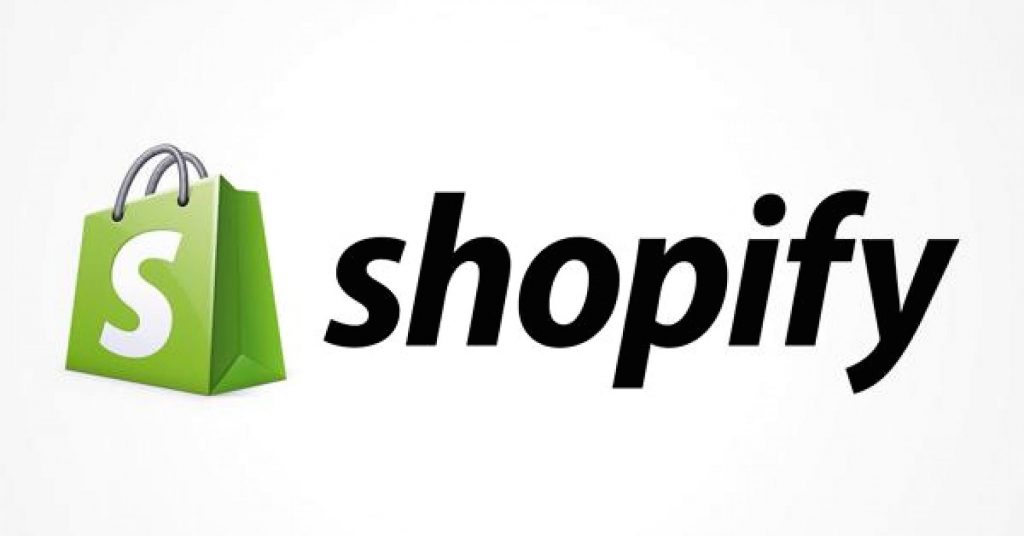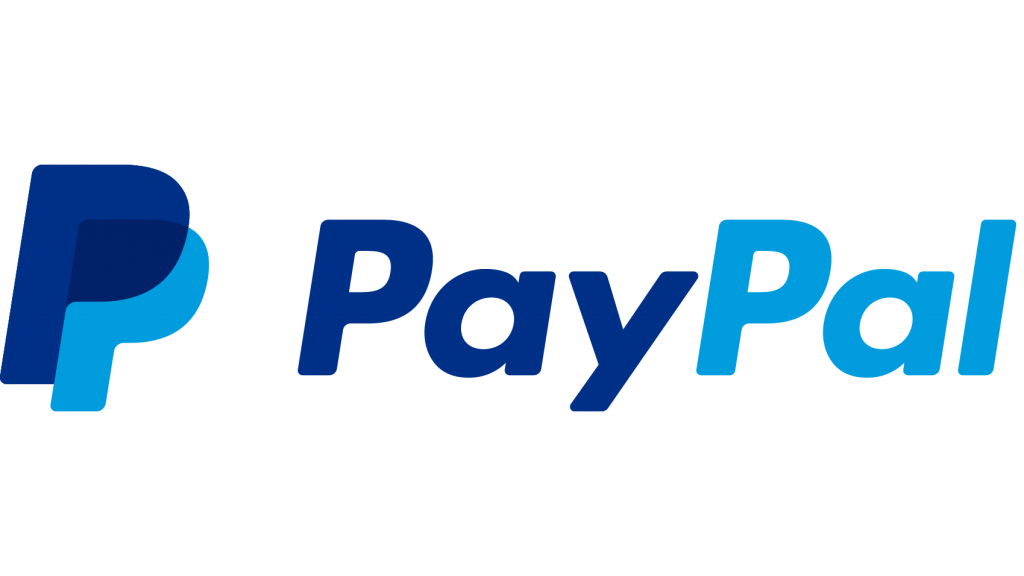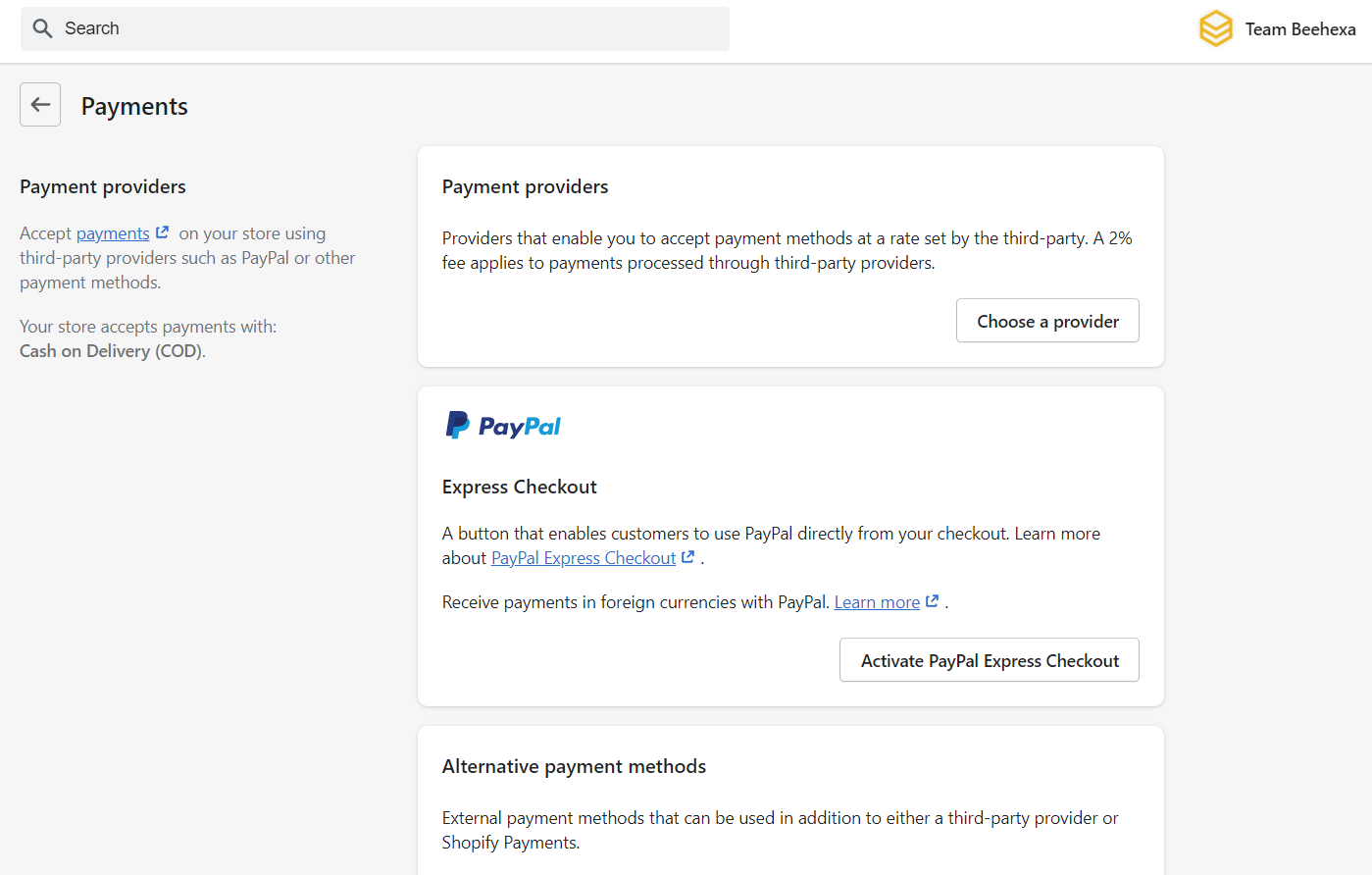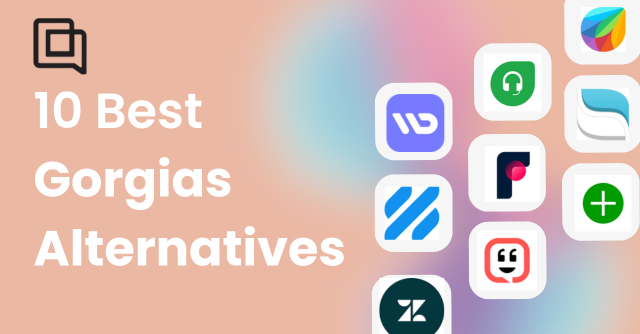Are you a Shopify store owner navigating the complex landscape of payment gateways? In the dynamic world of e-commerce, the decision between Shopify Payments and Paypal can significantly impact your business’s success.
Shopify Payments, an integrated platform, offers a streamlined experience within the Shopify ecosystem. While PayPal, a widely recognized third-party payment processor, provides a broader scope.
This comparison delves into the nuances of Shopify payments vs PayPal. It aids website owners to make informed decisions to optimize their online transactions. In this article, we navigate the differences between Shopify Payments vs PayPal for a better payment option. Let’s get started.
Shopify payments overview

Shopify Payments stands as a comprehensive payment solution. It is seamlessly integrated into the Shopify platform. It offers an efficient and secure way for businesses to handle transactions. Functioning as an in-house payment gateway, Shopify Payments enables website owners to accept various payment methods. The payment methods include credit cards and digital wallets, directly through their Shopify stores.
The integration simplifies the purchasing process for customers, fostering a user-friendly shopping experience. To start Shopify Payments, merchants can set it up within their Shopify admin panel. The merchants can reduce the need for third-party gateways.
Why choose Shopify payments?
- Integrated solution: Built directly into the Shopify platform, offering seamless setup and management.
- Lower transaction fees: With Shopify Payments, you can potentially save on transaction fees compared to third-party payment gateways.
- Unified dashboard: Access all your sales and payment data within the Shopify admin, streamlining your operations.
- Enhanced security: Benefit from Shopify’s robust security measures, including PCI compliance and fraud detection tools.
Paypal Overview

PayPal is a leading global online payment platform. It facilitates secure and convenient transactions for businesses and consumers alike. Operating as a third-party payment processor, PayPal allows website owners to accept payments through various methods. The payment methods include credit cards, debit cards, and linked bank accounts.
To integrate PayPal, merchants create an account, link it to their website, and embed the provided code. This versatility enables businesses to cater to a wide range of customers. It can enhance the inclusivity of their online stores.
- Established brand: Widely recognized and trusted by customers worldwide, potentially increasing conversion rates.
- Flexible payment options: Accept various payment methods, including credit/debit cards, PayPal balance, and more.
- Buyer protection: PayPal offers buyer protection policies, which may appeal to customers concerned about security.
- Global reach: Access a vast international customer base, as PayPal operates in numerous countries and currencies.
Shopify payments vs Paypal: which one is better?
In this comparison, we delve into the key differences between Shopify Payments vs PayPal. The comparison is to help businesses make an informed choice tailored to their specific needs and preferences in the dynamic world of online transactions.
1. Shopify payments vs Paypal: Integrations
Shopify Payments integrations:
Seamless integration with Shopify store: As Shopify’s native payment solution, Shopify Payments is deeply integrated into the Shopify platform, ensuring smooth setup and operation.
Extensive app ecosystem: Access a wide range of Shopify apps and plugins from the Shopify App Store, many of which are designed to work seamlessly with Shopify Payments.
Shopify POS integration: Sync online and in-person sales data effortlessly with Shopify’s point-of-sale system, streamlining omnichannel operations.
Accounting software integration: Integrate with popular accounting software like QuickBooks and Xero to automate financial processes and streamline bookkeeping tasks.

PayPal integrations:
E-commerce platforms: PayPal offers integrations with various e-commerce platforms beyond Shopify, including WooCommerce, Magento, and BigCommerce, providing flexibility for businesses using different platforms.
Third-party apps: Access a multitude of third-party apps and plugins compatible with PayPal through platforms like Zapier and Integromat, enabling custom integrations with other business tools.
Developer APIs: Leverage PayPal’s developer APIs to build custom integrations tailored to your specific business requirements, enabling seamless connectivity with internal systems and processes.
Shopping cart integrations: PayPal integrates with numerous shopping cart software options, allowing customers to check out securely using PayPal as a payment option.
Ultimately, both Shopify Payments and PayPal offer robust integration capabilities, allowing you to connect with a wide array of tools and services to optimize your e-commerce operations. Consider your specific business needs and existing software ecosystem when evaluating integration options to choose the solution that best aligns with your requirements.
2. Paypal vs Shopify payments: Fees
When comparing fees between Shopify Payments and PayPal, it’s essential to consider various factors that could impact your overall costs. Here’s a breakdown of the fee structures for each platform:
Shopify Payments fee
Transaction fees: The transaction fees vary depending on your Shopify plan. For example, on the Basic Shopify plan, the fee is 2.9% + 30¢ per transaction for online credit card rates in the United States. The rates may differ for international transactions and the Shopify starter plan.
Additional fees: There are no additional transaction fees charged by Shopify when you use Shopify Payments. However, you may incur chargeback fees or currency conversion fees for international transactions.
PayPal fee
Transaction fees: PayPal’s transaction fees also vary based on factors such as transaction volume, currency, and location. In the United States, standard transaction fees for online sales range from 2.9% + $0.30 to 2.59% + $0.49 per transaction, depending on your sales volume.
Cross-border fees: If you process payments from customers in different countries or currencies, PayPal may charge cross-border fees, typically ranging from 0.5% to 2.0% in addition to the standard transaction fees.
Additional fees: PayPal may charge additional fees for services such as chargebacks, currency conversion, and PayPal Here card reader transactions.
When comparing fees between Shopify Payments and PayPal, consider factors such as your sales volume, average transaction size, international sales, and any additional services or features you require.
3. Shopify payments vs Paypal: User-Friendly Setup
Shopify Payments distinguishes itself with a user-friendly setup. It is directly accessible within the Shopify admin panel, streamlining onboarding for merchants. The straightforward process enhances accessibility. It allows businesses to efficiently configure payment options without extensive technical knowledge.

In contrast, PayPal may present a more intricate setup for users new to the platform. Navigating through various steps and configurations can be more involved. It potentially requires additional time and effort.

Understanding these differences in setup dynamics is crucial for businesses seeking the optimal balance between simplicity and broader reach.
4. Shopify payments vs Paypal: Global Accessibility
When it comes to global accessibility, both Shopify Payments and PayPal offer advantages, but their approaches differ:
Shopify Payments: Global Accessibility
Availability: Shopify Payments is available in multiple countries, but its availability varies depending on your location. As of 2024, it supports merchants in countries such as the United States, Canada, the United Kingdom, Australia, and many European countries.
Currency Support: Shopify Payments supports transactions in multiple currencies, allowing merchants to sell globally without the need for currency conversion. However, currency availability may vary depending on your country.
PayPal: Global Accessibility
Global Reach: PayPal is widely recognized and accepted globally, operating in over 200 countries and supporting multiple currencies. This extensive reach allows merchants to sell to customers worldwide and receive payments in their local currencies.
Currency Conversion: PayPal automatically converts payments into your desired currency, making it convenient for international transactions. However, currency conversion fees may apply.
Multiple Payment Options: In addition to credit/debit cards, PayPal offers various payment options, including PayPal balance, bank transfers, and alternative payment methods, catering to diverse customer preferences worldwide.
When choosing between Shopify Payments and PayPal for global accessibility, consider factors such as your target markets, currency support, ease of use, and any additional features you require for international selling.

5. Paypal vs Shopify payments: Account Holds and Freezes
Shopify payments provide merchants with a more integrated and controlled environment. The instances of account holds or freezes are less common compared to external processors. But, they can still occur in cases of potential violations of Shopify’s terms of service.
Merchants should be vigilant about compliance with Shopify’s policies. This is to minimize the risk of account disruptions. In the event of an account hold, communication with Shopify support is crucial. As a result, the issues faced can be resolved promptly, and restore normal business operations.
PayPal is a third-party payment processor. It has been known to implement account holds or freezes under certain circumstances. This could happen due to sudden spikes in transaction volumes, changes in business patterns, or concerns related to security and compliance.
Merchants using PayPal should be aware of these possibilities. They should take preventive measures. For example, clear communication with customers, prompt order fulfillment, and adherence to PayPal’s policies.
6. Shopify payments vs Paypal: Payout Timing
Payout timing with Shopify Payments is generally structured around a regular schedule. The specific timeframe can vary based on the merchant’s location and payout settings. Merchants receive payouts on a set schedule, which might be daily, weekly, or monthly, depending on their preferences.
Payout timing for Shopify payments provides a predictable payout routine. The specific timing may vary. Merchants should be aware of the schedule that aligns with their business needs.
PayPal is known for its more immediate access to funds. Once a payment is received, merchants can transfer the funds from their PayPal accounts to their linked bank accounts. This quicker payout process can be advantageous for businesses that prefer immediate access to their funds.
For PayPal, it’s important that actual withdrawal times can depend on other factors. The factors may include the merchant’s location, the banks involved, and any processing times.
7. Shopify payments vs Paypal: Account Creation Requirements
To use Shopify Payments, merchants typically need to create a Shopify store account. This involves setting up a complete online store on the Shopify platform. It usually requires customers to have a Shopify store account for transactions. This allows customers to enjoy a seamless payment process. This account creation step could lead to customer retention. It causes merchants to build relationships with their clientele.
Conversely, PayPal offers a more flexible approach. It allows customers to complete purchases without creating a PayPal account. This is facilitated through a guest checkout option. It enables users to enter their payment information without a pre-existing PayPal account.
How to add PayPal to Shopify?

To add PayPal as a payment option to your Shopify store, follow these steps:
- Log in to your Shopify Admin: Go to Shopify’s website and log in to your account using your credentials.
- Navigate to Payment Providers: In the Shopify Admin, go to “Settings” and then click on “Payments” or “Payment providers.”
- Choose PayPal as a Payment Provider: Scroll down to the “Accept payments” section and click on “Choose third-party provider.” From the list of available providers, select PayPal.
- Set up PayPal Account: If you don’t have a PayPal account already, you’ll need to set one up. Follow the prompts to create or link your existing PayPal account to your Shopify store.
- Configure PayPal Settings: Once PayPal is selected, you’ll be prompted to enter your PayPal account email address. This connects your PayPal account to your Shopify store.
- Enable PayPal Express Checkout: Under PayPal settings, make sure to enable PayPal Express Checkout. This allows customers to check out quickly using their PayPal account.
- Save Changes: After configuring your PayPal settings, click “Save” or “Enable” to apply the changes.
- Test PayPal Integration: It’s essential to test the PayPal integration to ensure everything is working correctly. Place a test order on your store and complete the checkout process using PayPal to confirm that payments are processed successfully.
- Customize PayPal Button: You can customize the appearance of the PayPal button on your Shopify store by navigating to the “Settings” > “Checkout” section in your Shopify Admin. Here, you can adjust the button style and placement to fit your store’s design.
By following these steps, you can easily add PayPal as a payment option to your Shopify store, providing customers with a convenient and trusted payment method for their purchases.
FAQs About Shopify Payments vs PayPal
What’s next?
In conclusion, navigating the world of payments is crucial to running a successful online business. Whether you choose Shopify Payments, PayPal, or even Stripe, understanding the benefits of Shopify payments vs Paypal empowers you to make informed decisions that align with your unique business needs.
We understand the significance of selecting the right payment solution for your Shopify store. With a team of seasoned Shopify experts at your disposal, we are committed to helping you navigate the complexities of running a successful online business. Whether you’re a seasoned entrepreneur or just starting your e-commerce journey, ChannelWill is your trusted partner every step of the way.






